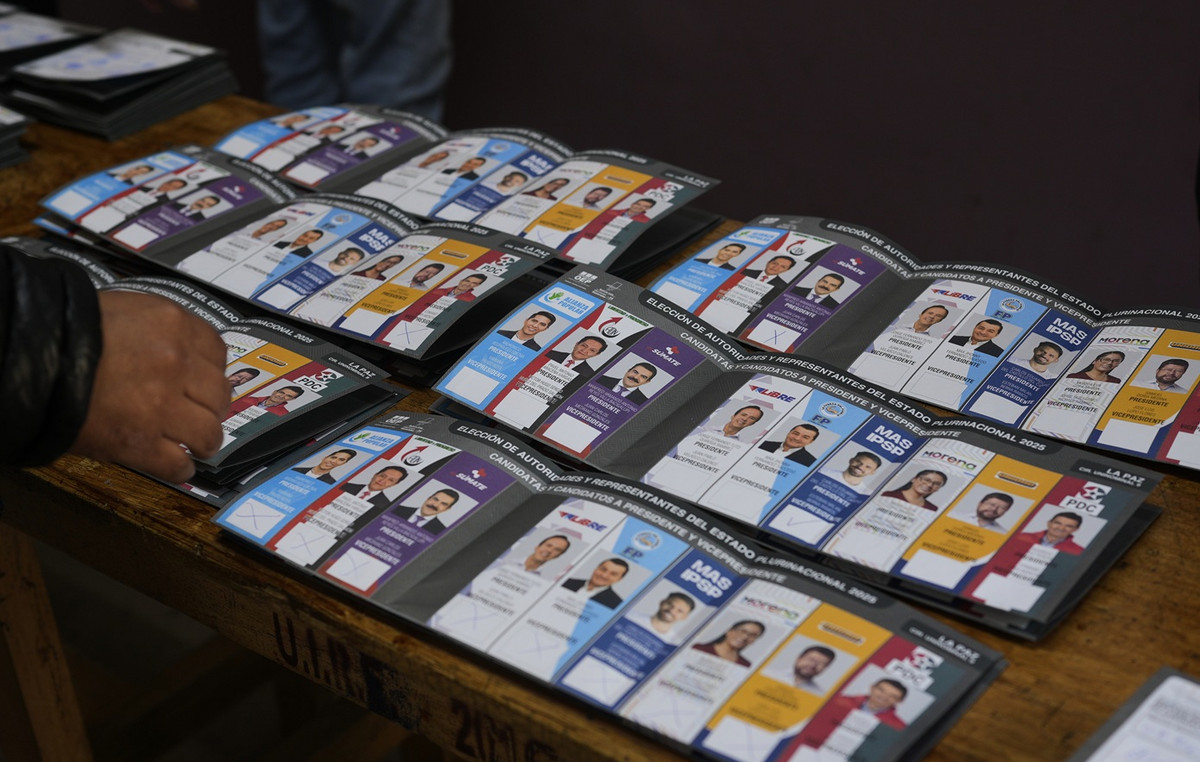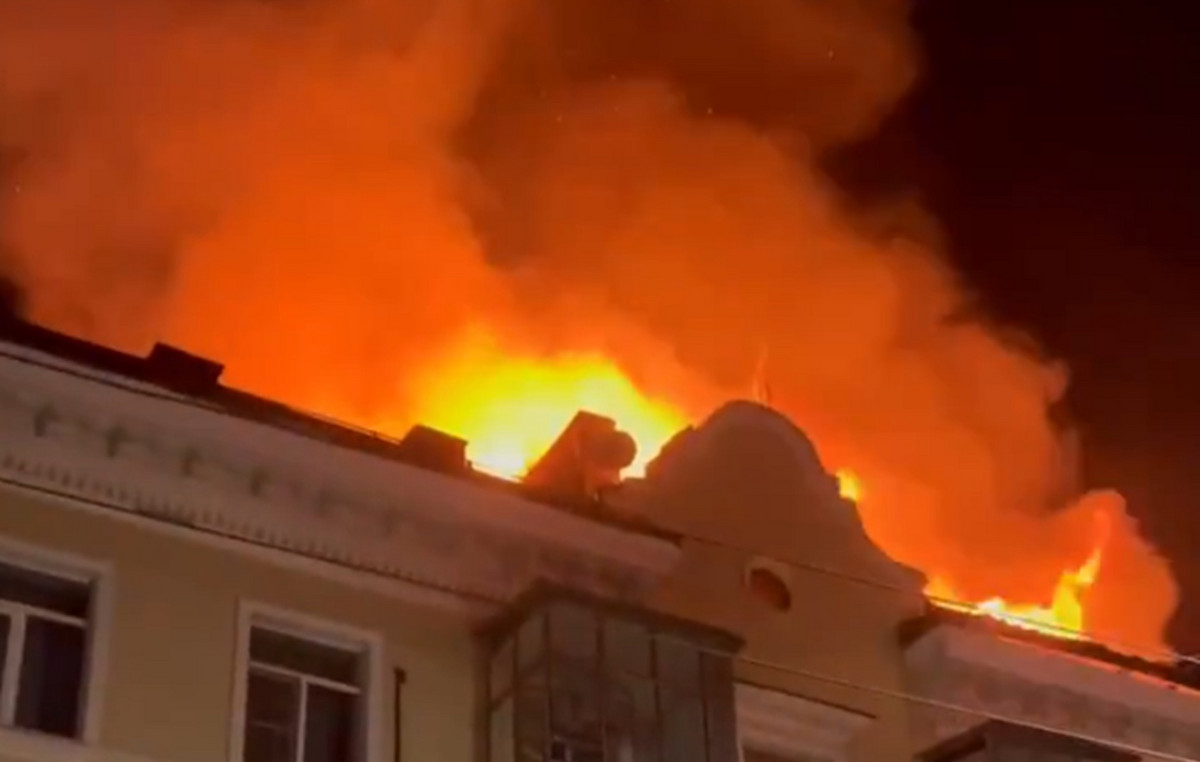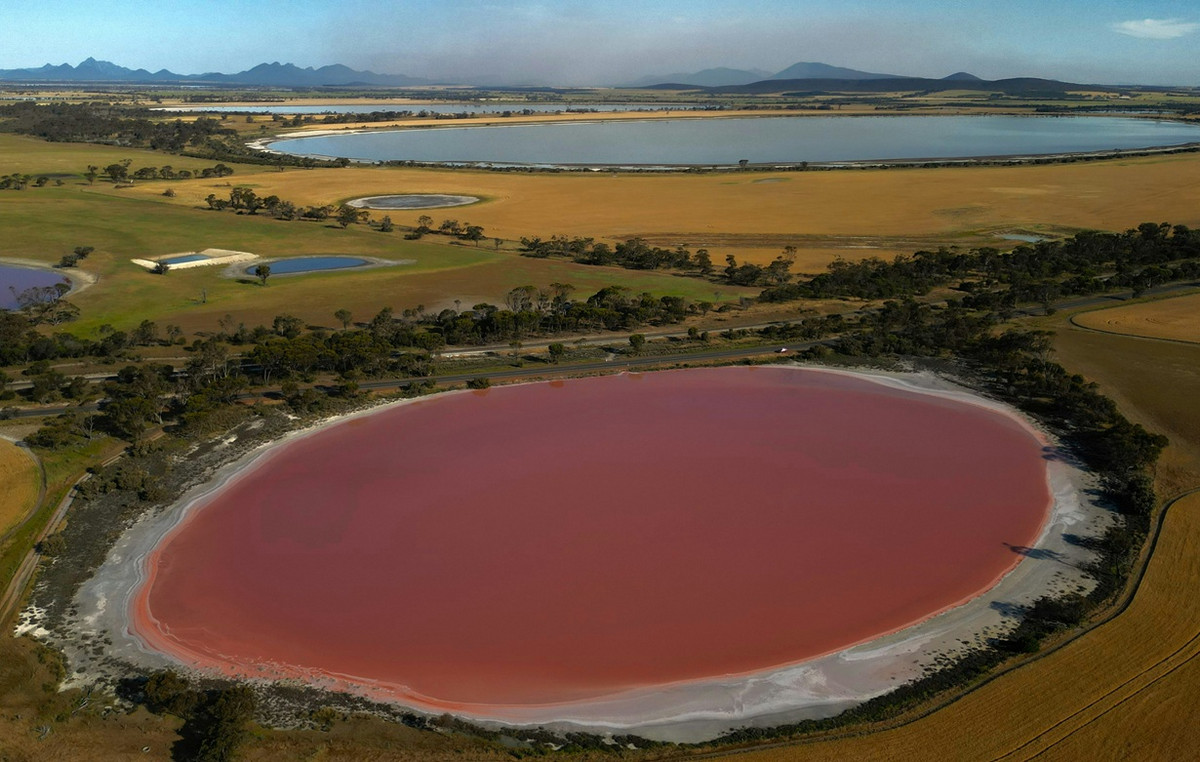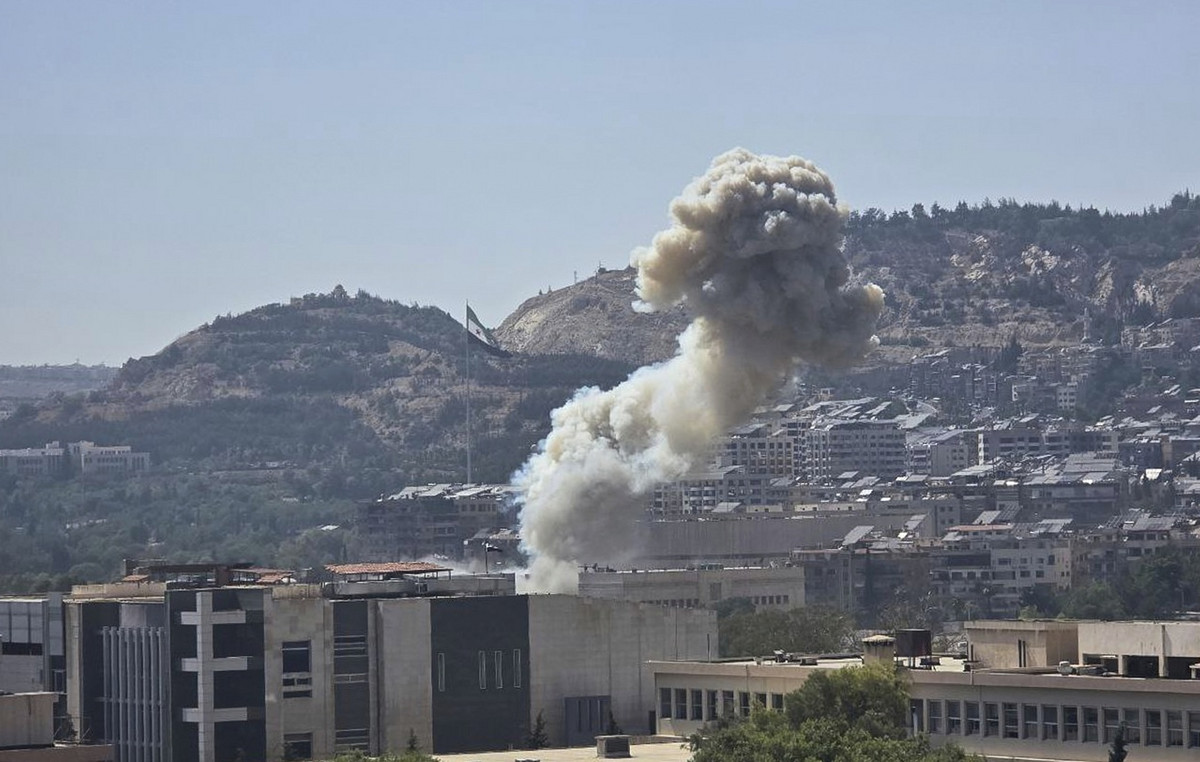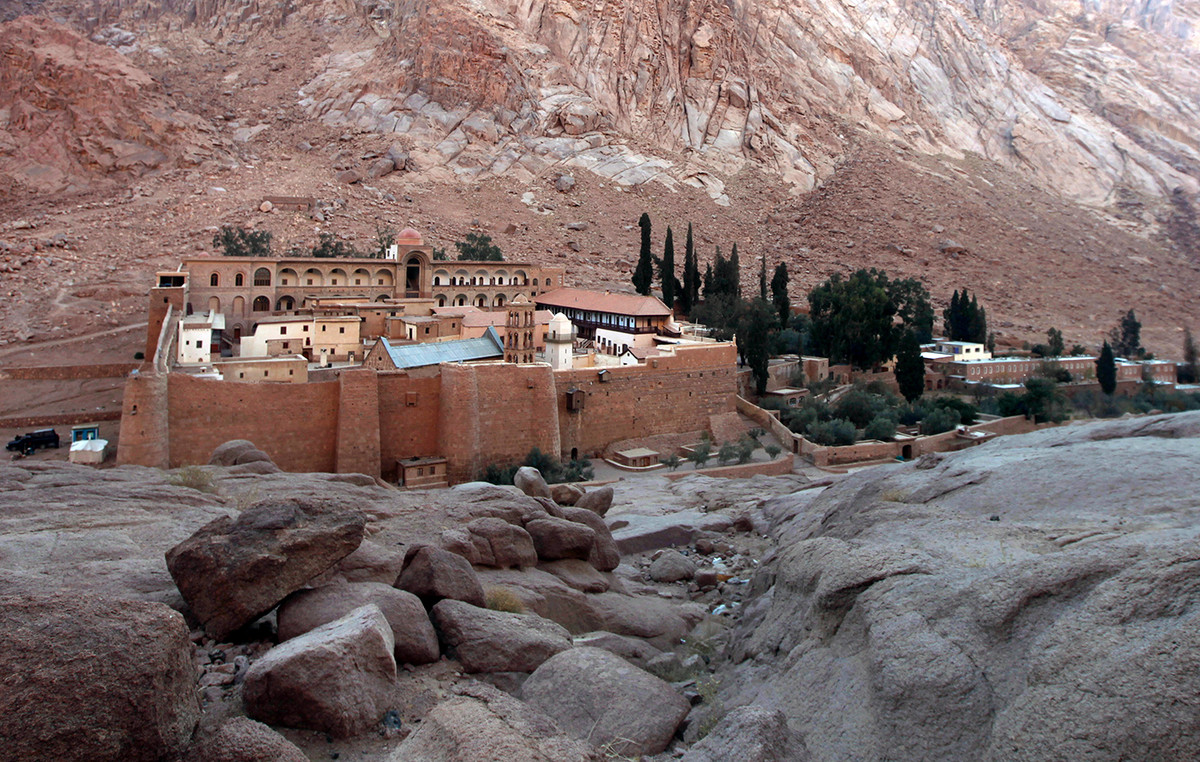The world’s greatest powers may have promised to work towards a world without nuclear weapons, but global stockpiles are expected to increase over the next decade, according to a new report.
“There are clear indications that the reductions that have characterized global nuclear arsenals since the end of the Cold War are over,” the Stockholm International Peace Research Institute (Sipri) said in a report on Monday. 13).
The report comes amid growing Western concerns about efforts by China and North Korea to expand their nuclear capabilities.
The United States suspects North Korea is preparing to conduct its seventh nuclear test soon, while Chinese Defense Minister Wei Fenghe said at the Shangri-La Dialogue summit over the weekend that his country had made “progress.” impressive” in the development of new nuclear weapons.
However, while Sipri reports that China is “in the midst of a substantial expansion of its nuclear weapons arsenal”, it makes clear that China and North Korea are not the only ones.
“All nuclear weapon states are increasing or upgrading their arsenals and most are improving nuclear rhetoric and the role that nuclear weapons play in their military strategies – this is a very worrying trend,” he said.
According to Sipri’s estimates, the United States and Russia remain the world’s largest nuclear powers, with 3,708 and 4,477 warheads respectively, while China has 350, France 290 and Britain 180. But the warhead count from China has increased in recent years, from 145 warheads in 2006, according to the institute. The Pentagon predicts that the Chinese stockpile will “at least double in size” in the next decade.
While US and Russian stockpiles have declined in 2021, Sipri says it believes an “alarming” long-term trend will see both countries build up their stockpiles and develop more powerful weapons.
North Korea’s secrecy means it is difficult to assess its nuclear abilities. Some estimates put its current stockpile at around 20 nuclear warheads, although the US and other countries believe North Korea is working to increase that number and its supply capacity.
Pyongyang has carried out a record number of ballistic missile launches this year and on Saturday named top nuclear negotiator Choe Son Hui as its first foreign minister.
“North Korea continues to prioritize its military nuclear program as a central element of its national security strategy,” Sipri said, adding that “the country’s stockpile of fissile material is believed to have grown in 2021.”
The think tank, which included the country’s figures in its annual report for the first time this year, said it believed North Korea now had enough fissile material to produce up to 55 warheads.
But his ability to deliver these weapons remains unknown. In May, North Korea tested what appeared to be an intercontinental ballistic missile — although the weapon’s range or ability to launch a nuclear warhead was unclear.
“There is no publicly available evidence that North Korea has produced an operational nuclear warhead to launch an intercontinental-range ballistic missile, but it may have a small number of medium-range ballistic missile warheads,” Sipri said.
Sipri also said that India and Pakistan are making efforts to expand their nuclear arsenals. It said Israel – which does not publicly acknowledge possessing nuclear weapons – was trying to modernize its arsenal. Stock estimates for India and Pakistan were at 160 and 165, and for Israel, 90.
In January, the world’s top five nuclear powers – also known as the P5, as permanent members of the United Nations Security Council – pledged to work together towards “a world without nuclear weapons” in a rare declaration of unity.
However, Russia’s subsequent invasion of Ukraine has raised concerns that nuclear weapons could be used outside of a test situation for the first time since the US bombed Hiroshima and Nagasaki in 1945.
Since the beginning of the war, Russia has repeatedly reminded the world of its nuclear force in oblique references apparently intended to deter Western countries from further intervention. CIA Director William Burns also warned that Russia could use tactical nuclear weapons in Ukraine.
Now many nations – even those without nuclear weapons – are rethinking their calculations. Japan, the US and South Korea recently pledged to strengthen their shared nuclear deterrence strategy.
At the Shangri-La Dialogue, Japanese Defense Minister Nobuo Kishi made unusually strong remarks aimed at North Korea and China.
“The world has become even more uncertain,” Kishi said at the Asia defense summit. “Japan is surrounded by actors who have or are developing nuclear weapons and who are openly ignoring the rules.”
He criticized neighboring North Korea’s missile tests and called China “a nation of concern”, citing recent military operations it has carried out with Russia in waters close to Japan and Taiwan – the first since Russia’s invasion of Ukraine.
“Ukraine (today) could be East Asia tomorrow,” he said.
Speaking at the same summit, South Korean Defense Minister Lee Jong-sup said his country would “dramatically strengthen” its defensive capabilities amid growing concerns over Pyongyang’s nuclear weapons program.
Several experts pointed out that Russia’s invasion of Ukraine demonstrated the power of nuclear deterrence. Ukraine is one of the few countries that has voluntarily given up a nuclear arsenal. It did so after the fall of the Soviet Union, sending many of its weapons to Russia – the same country it is now being invaded by.
“Countries that feel threatened may look at Ukraine and realize that getting rid of [suas] nuclear weapons is not the way forward and that could lessen the incentive for them to move towards a nuclear-free agreement, which will become an arduous task,” said regional security expert Ian Chong, also an associate professor of political science at the University. Singapore National.
Chong said there was “a high level of concern about nuclear weapons” at Shangri-La. “We are seeing a rise in tensions that very much reflects concerns in Northeast Asia. [no momento] in the event of any nuclear attack.”
eyes in Beijing
The Sipri report is also expected to refocus attention on China’s nuclear ambitions, following reports last year that Beijing was building an extensive network of intercontinental ballistic missile silos in its western desert.
“Several additional nuclear warheads are believed to have been assigned to operational forces in 2021, following the delivery of new mobile launchers and a submarine,” Sipri wrote.
At the Shangri-La Dialogue, Chinese Defense Minister Wei Fenghe defended his country’s nuclear stance.
“China has always looked for an appropriate path to develop nuclear capabilities to protect our country,” he said in response to questions about the new nuclear missile silos. Wei said nuclear weapons would be used “in self-defense” and to prevent nuclear war.
“We developed nuclear capabilities to protect the Chinese people’s hard work and protect our people from the scourge of nuclear war,” he said.
Wei’s comments followed comments by US Defense Secretary Lloyd Austin, who said at the same conference that China was engaged in coercive, aggressive and dangerous actions that threatened to “undermine security, stability and prosperity in the Indo-Pacific.” ”.
Source: CNN Brasil
I’m Susan Karen, a professional writer and editor at World Stock Market. I specialize in Entertainment news, writing stories that keep readers informed on all the latest developments in the industry. With over five years of experience in creating engaging content and copywriting for various media outlets, I have grown to become an invaluable asset to any team.

